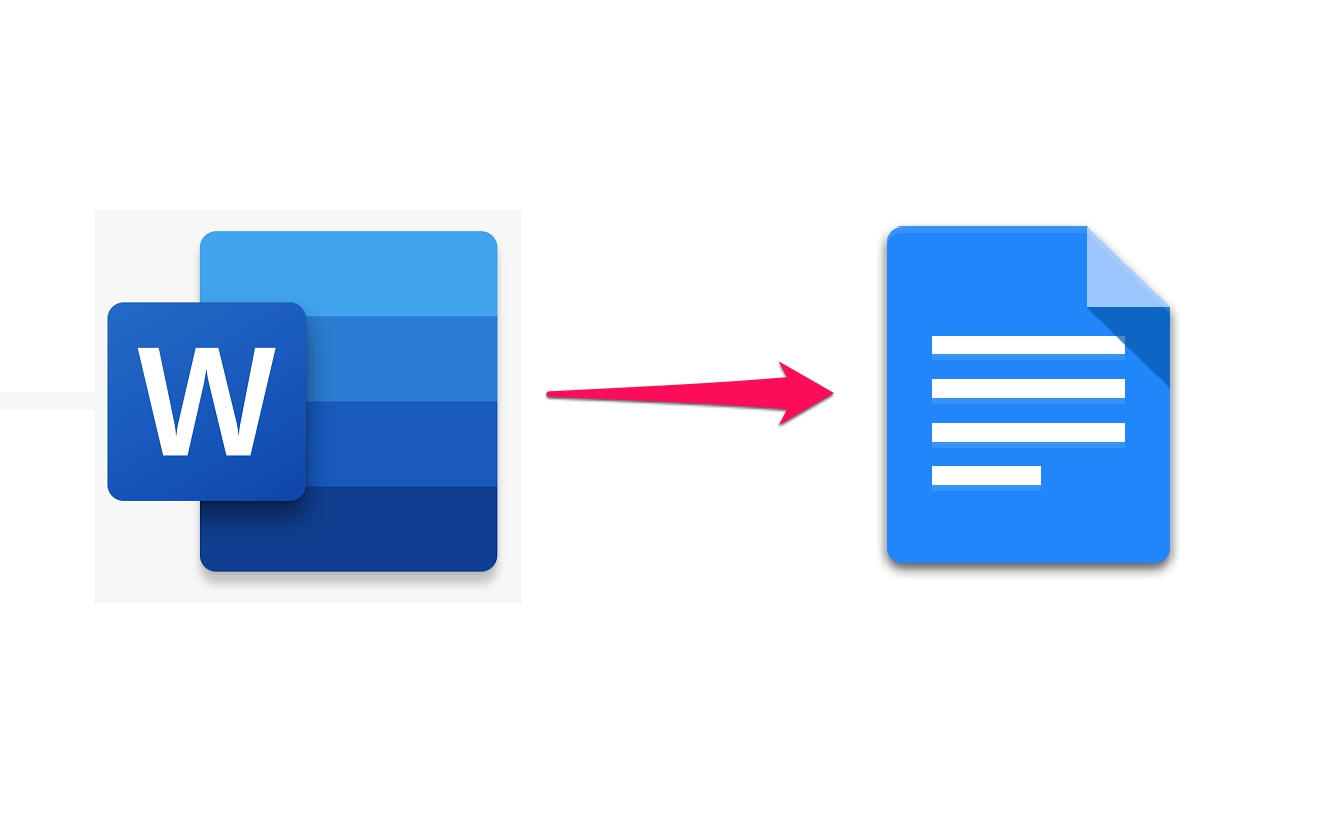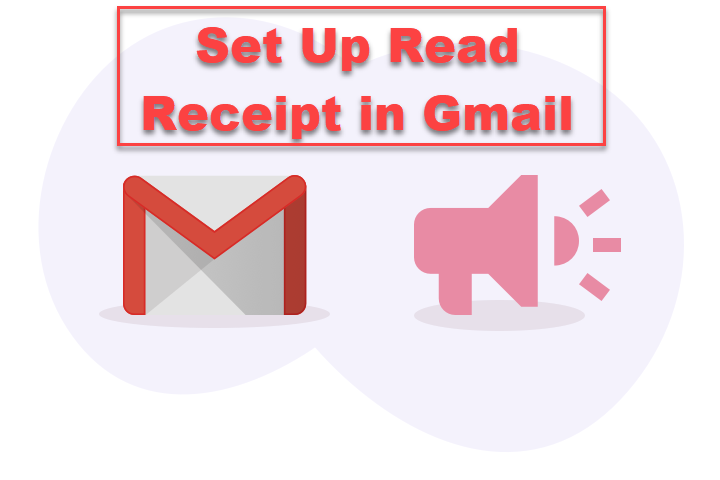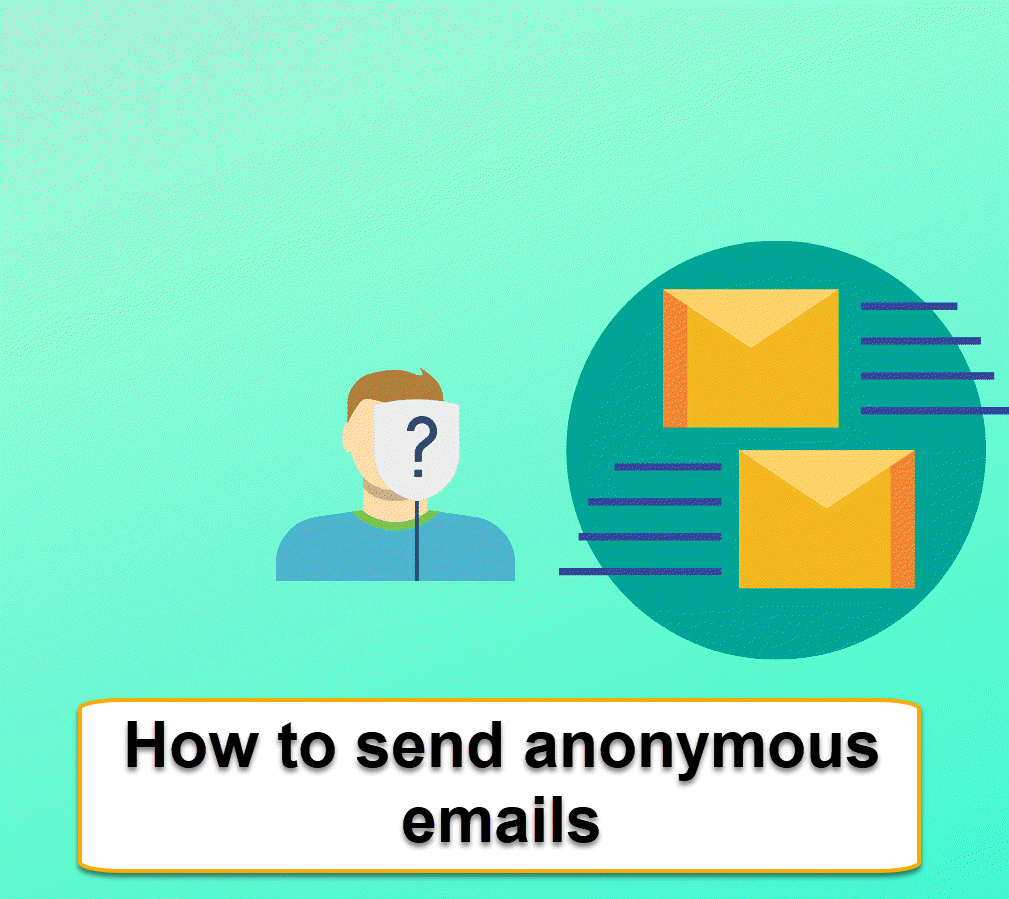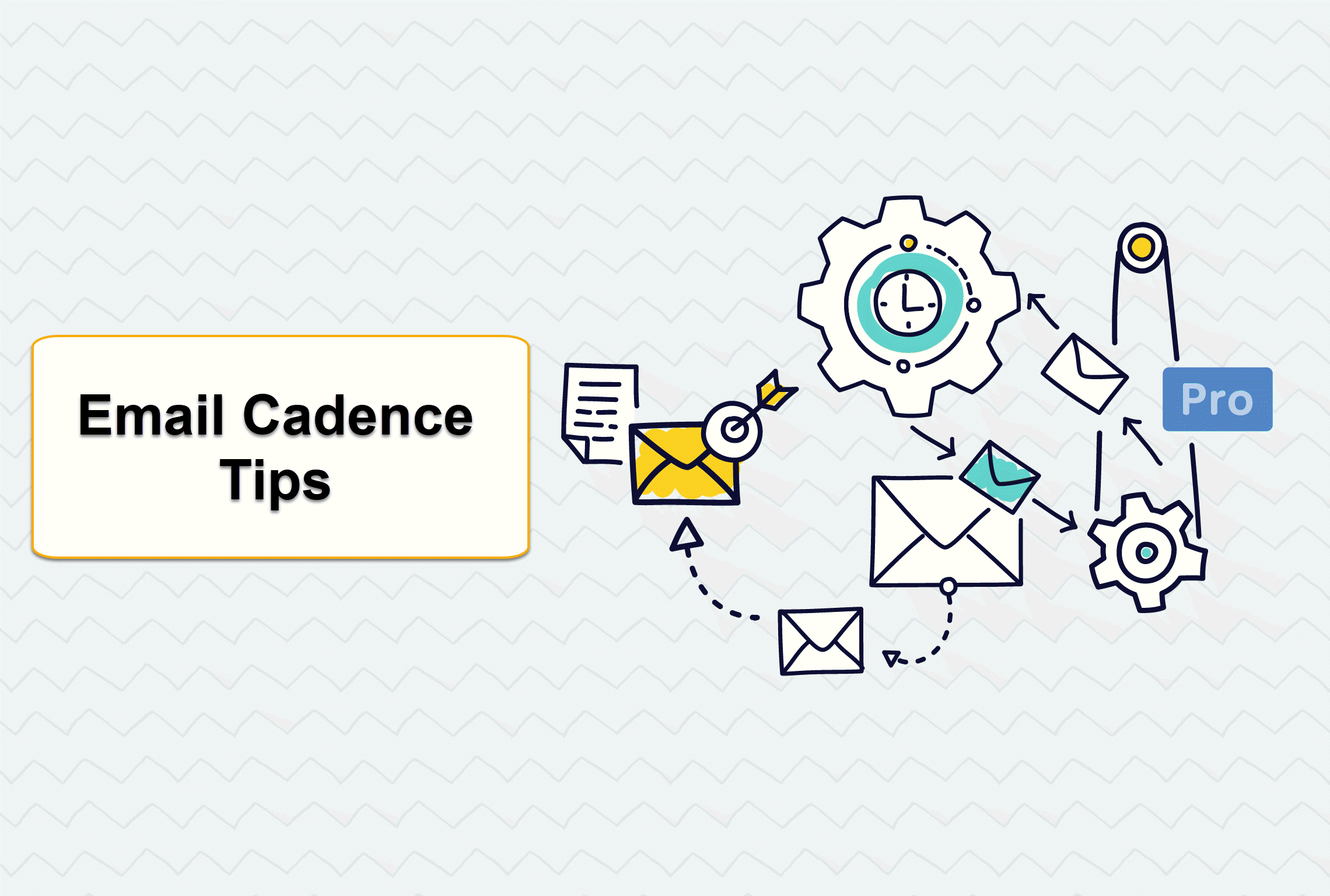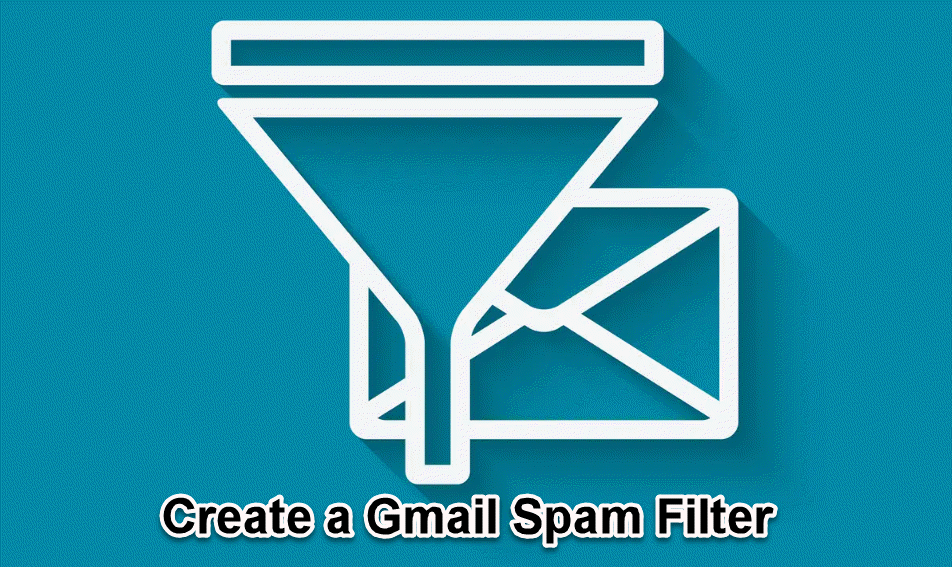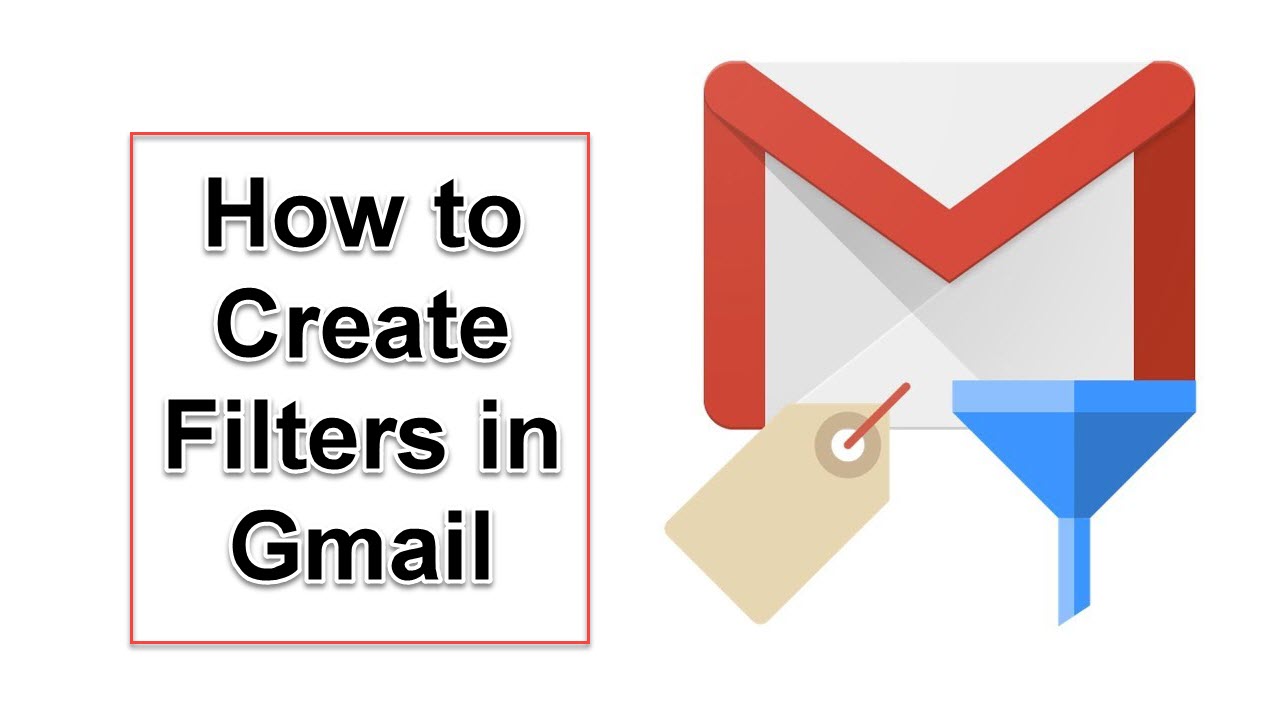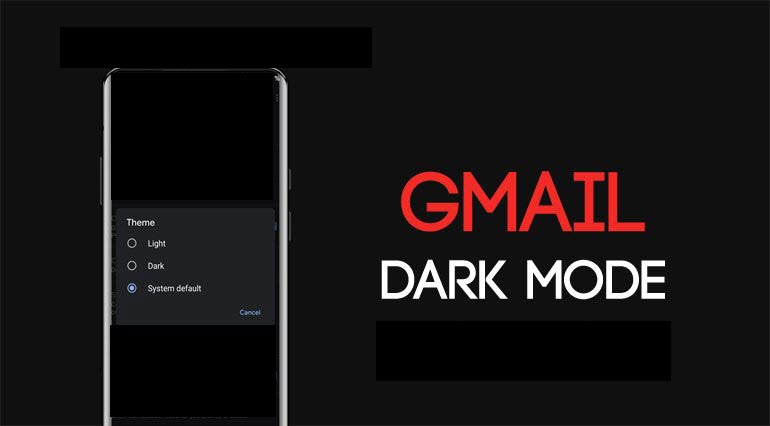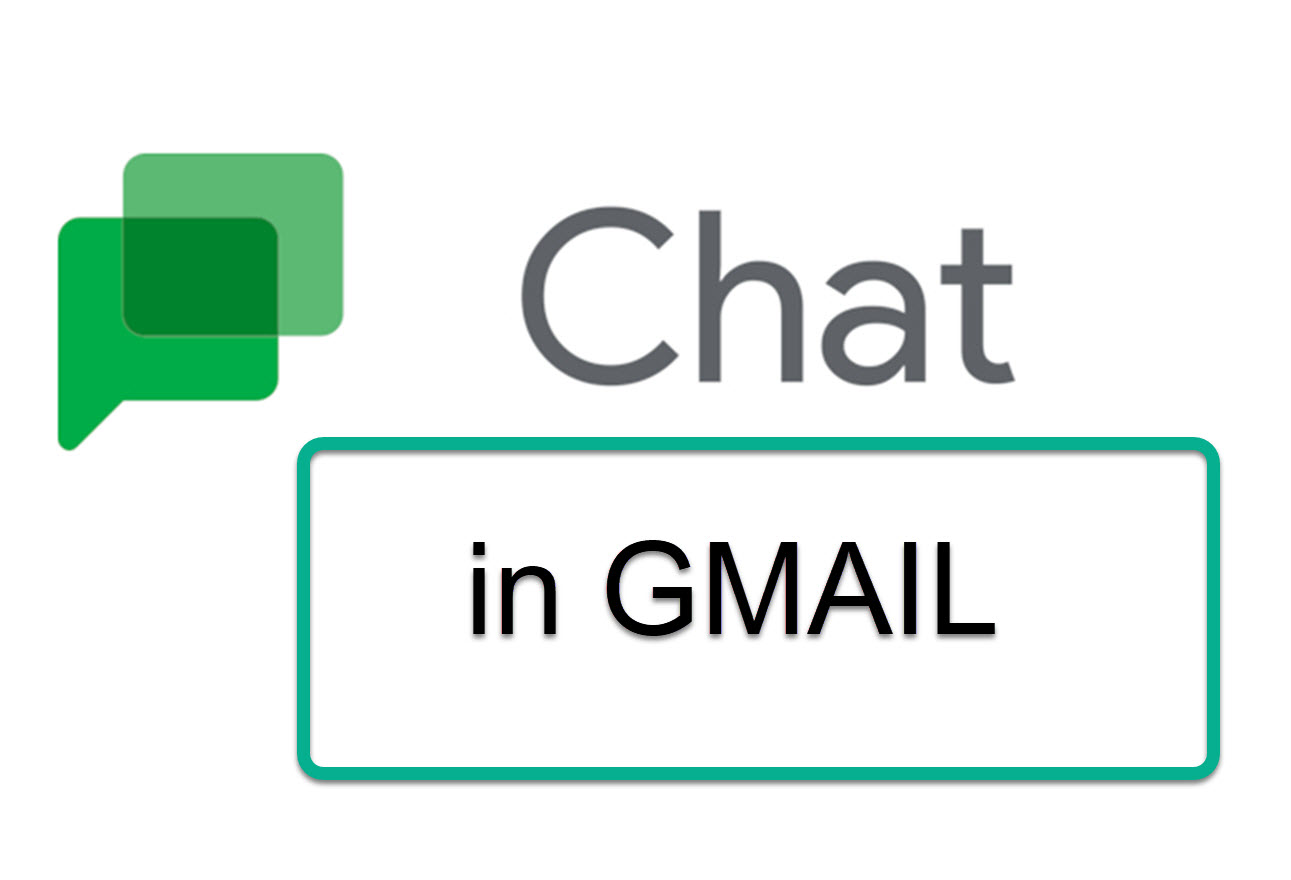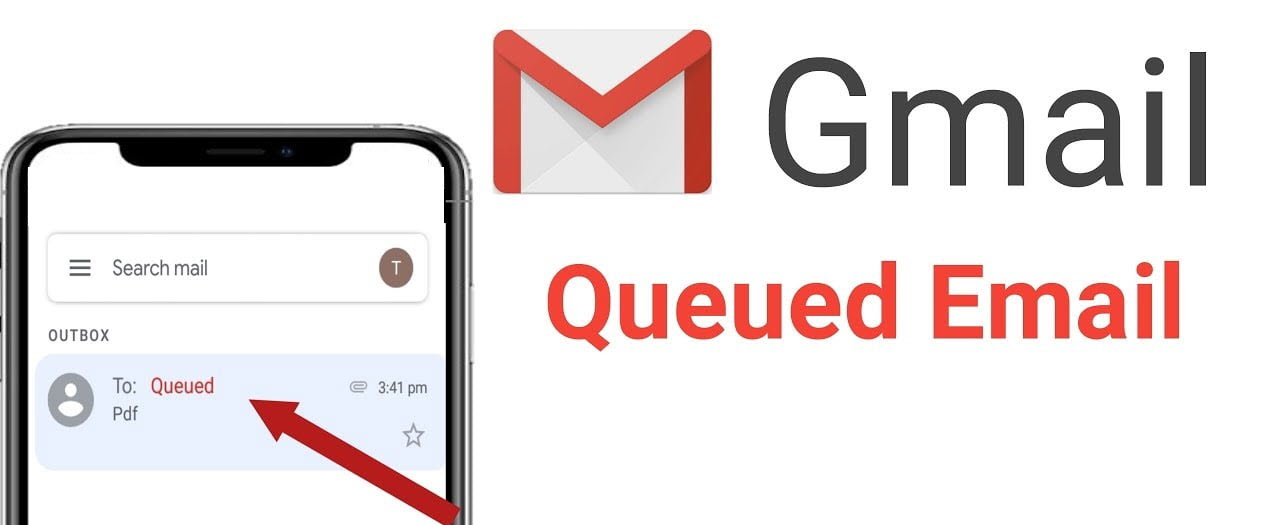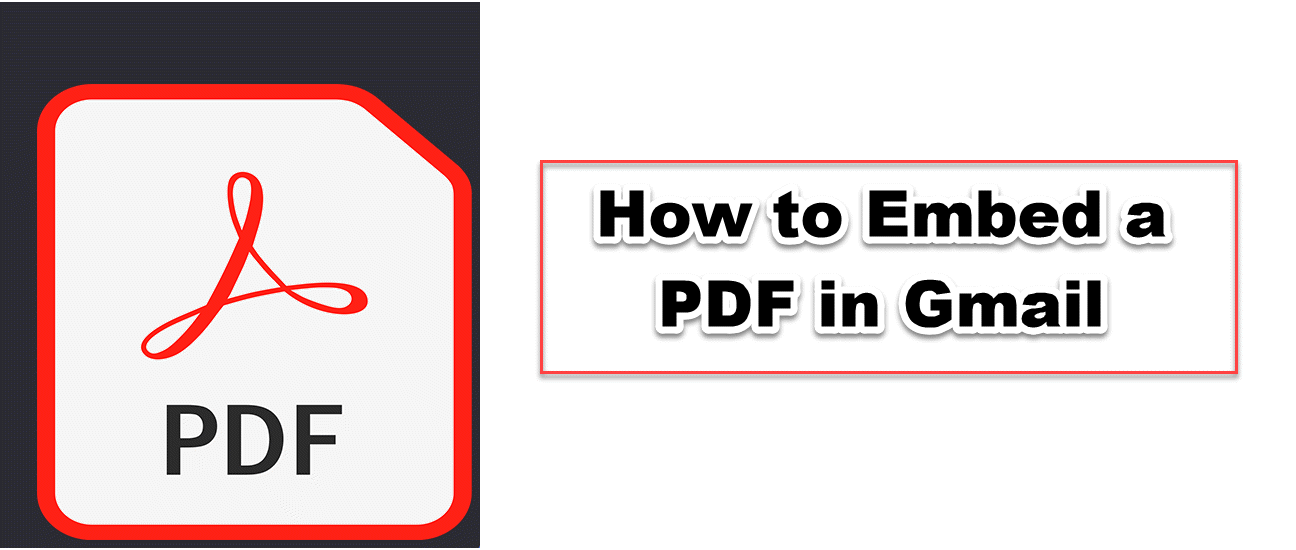How to End an Email
A professional email signature can have a tone that is both friendly and sure of itself. This article will show you how to end an email message in different ways.
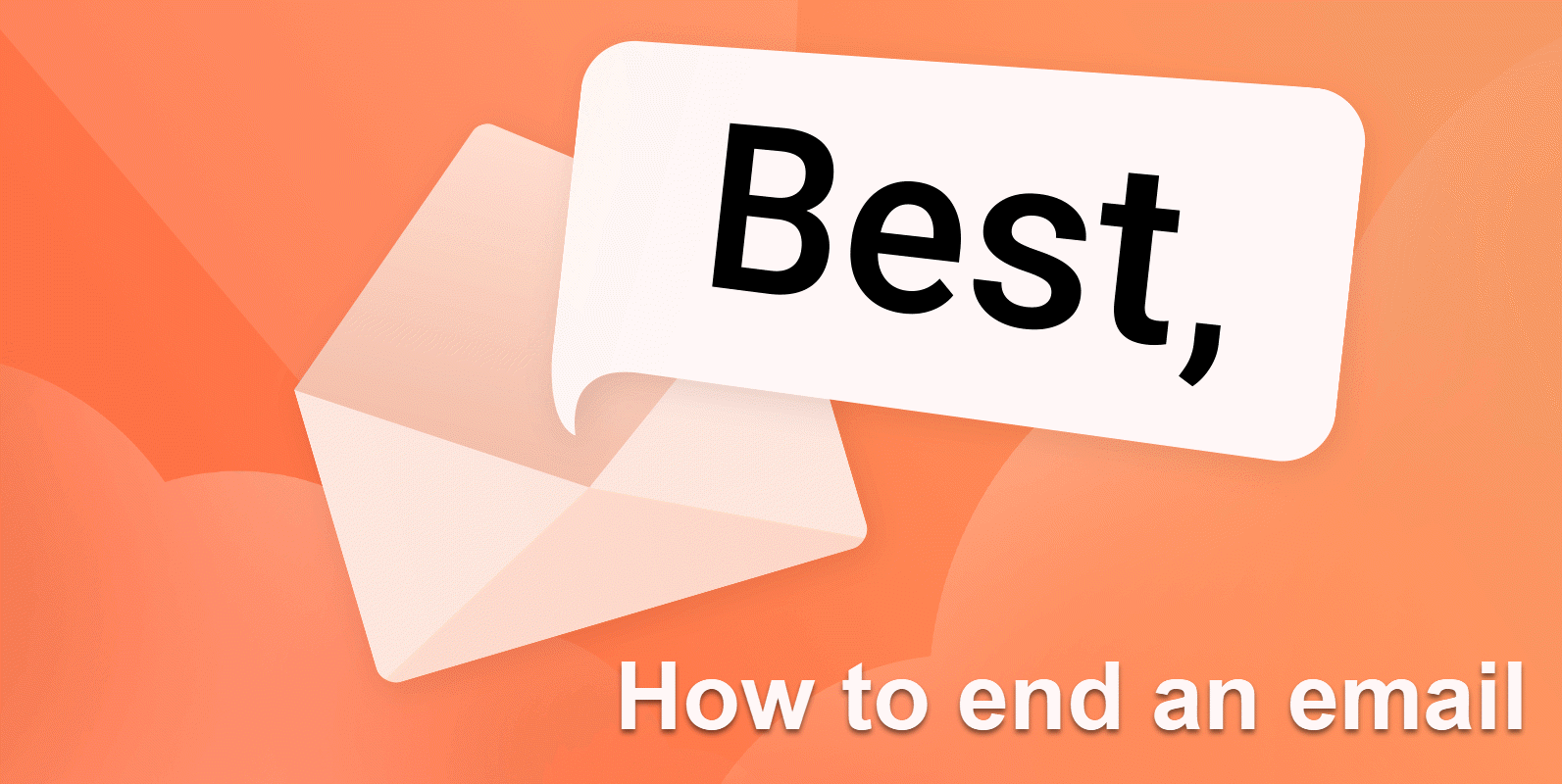
It's important to understand how to end an email. You want the person who gets your email to remember how you ended it. A friendly and confident tone can come across in a professional email signature. It will show that you are a person who knows how to deal with problems. This article will show you different ways to end an email message.
WAYS TO IMPROVE YOUR EMAIL SIGN-OFFS
Remember the main goal
In an email, remind the person what the end goal is and what the main point is. This will move the talk in that direction.
Be professional
If you don't know someone well enough yet, don't act too casually with them until you do. Never miss out on a chance because you are too professional.
Get to the point
Keep it short and to the point, and don't add extra sign-offs. Just sum up everything you want to say and let the rest of your email do the talking.
Add a request for action (CTA)
What do you want to happen after you send your email? Do they need to call you or click a link? Don't think that the person you wrote to will read what you wrote.
Automate the sign-off
You can save time and automate your signature and sign-off by using an email app like Right Inbox.
EMAIL SIGN-OFFS
Formal ways to end a business email:
- Regards
It's not a very original idea, but it works well in professional email because it doesn't have anything strange or out of the ordinary.
- Sincerely
Do you have a cover letter to write? Sincerely is the best way to start a formal letter. Casual business emails can come off as stuffy.
- Best wishes
This closing is a nice mix of formal and friendly. But watch out for the greeting card vibe. Use it only when it fits the tone of your email.
Friendly Business Email Sign-Offs
- Cheers
Boomerang recently did a study and found that cheers are the most likely way to end an email (that's not a thank you). This works best if you write a friendly email that sounds like a conversation. But if you aren't actually from Australia or Britain, it might sound sloppy in a formal setting. Cheers, mate!
- Best
Best is a fun and clever way to say "I wish you the best." Almost everyone uses this sign-off, even if they get a lot of emails. It's easy to use in formal emails, just as refers to. It can be boring and safe, especially if you want to get people's attention with a dynamic message.
- As ever
This is a great choice for people you get along well with at work. This will show your contact that everything is fine between you.
Closes for emails of thanks and requests
- Thanks in advance
Boomerang research shows that emails that say "thank you ahead of time" get the most responses. This sign-off not only says thank you but also tells people what to expect. You are telling the person you are emailing that you will be thankful if they answer your message. If you use it in a formal setting, it might seem like too much.
- Thanks
If you want to show gratitude, a simple "thank you" can do the trick. It can also be used to show an expectation, like "thank you ahead of time." It's best to only use it when you want to say, "I expect you to do this."
- I appreciate your [help, ideas, comments, etc.]
There's nothing wrong with thanking someone who has helped you.
EMAIL SIGN - OFFS TO AVOID
- Love
One of my friends signed an email from his office to everyone on his team with the word "love" by accident. He never felt bad about it, even though it was a big mistake. This is for your family, your friends, and your special someone. Same thing with hugs and XOXO.
- Thx or Rgrds
This is not something two thirteen-year-olds would talk about. Say what you want.
- Take care
Take care might sound nice at first. But when you look at it more closely, you can see that it means the recipient must be aware of possible dangers. This should only be used if it is known that bears like to hang out near the trash can outside the recipient's office. We're not really joking!
- Looking forward to hearing from you
Even though it sounds good at first, this one is passive-aggressive in the long run. The receiver will probably get the message "You should write back."
- Yours truly
Are you really the person who will get your gift? Nope. This is fake and not sincere. Unless you're writing a letter to your parents after summer camp.
- Respectfully / Respectfully yours
This is fine if you are sending a formal message to the President of the United States, but it is too formal to use for anything else. Business Insider says that is the best way to talk to people in government or the clergy.
- [Nothing at all]
People now email on their phones, so adding a signature to an email chain is not a problem. This is especially true if the person receiving the letter doesn't sign it. But it's impersonal to not sign the first email or to use only your formal signature when sending emails. Bloomberg disagrees. He says that email is becoming more like instant messaging and less like real letters. But we stick to what we think is right.
- -[Name] or -[Initial]
This kind of closing is good for short, casual emails, but most people find it too cold and distant, especially when they are just getting to know the sender.
- Have a blessed day
In your professional correspondence, you should not talk about religion. But this is fine if you are emailing a friend about what you will bring to the church potluck.

